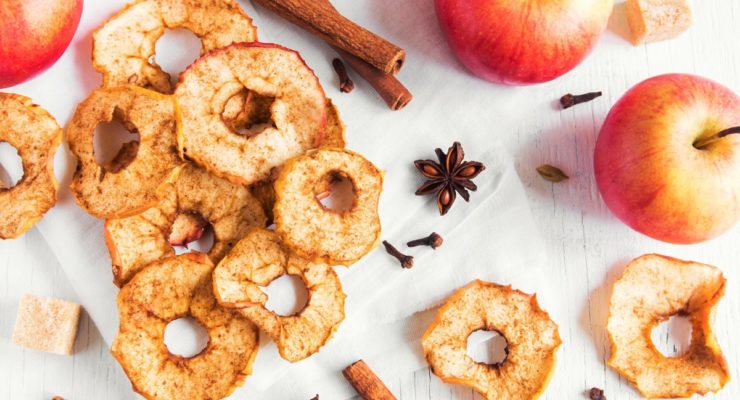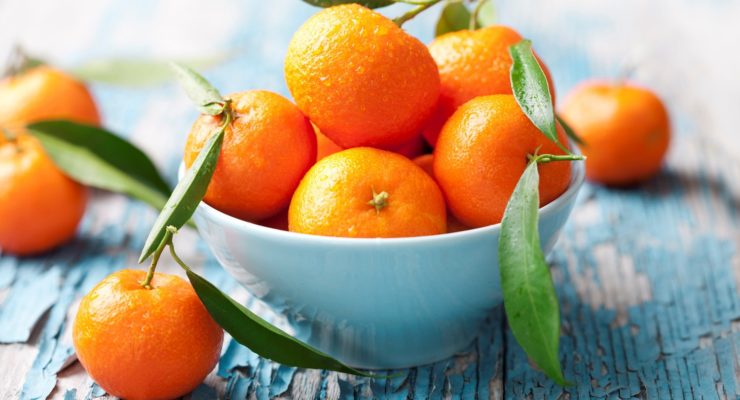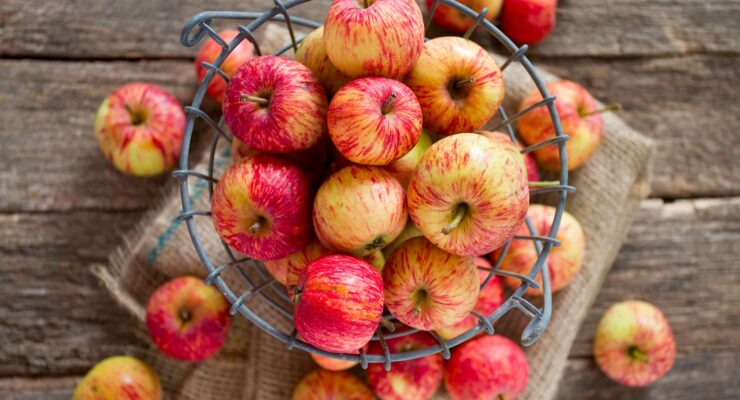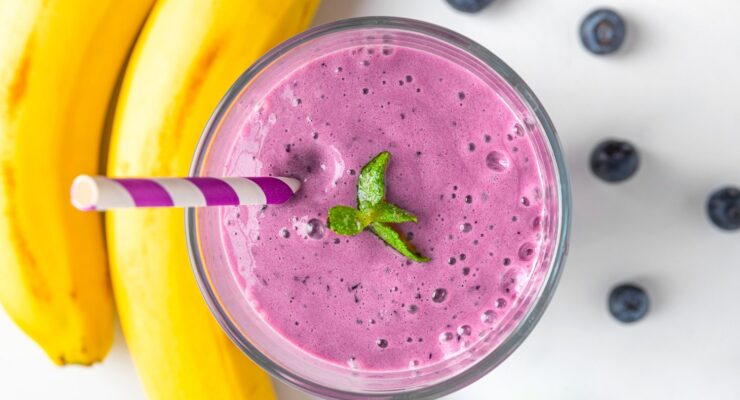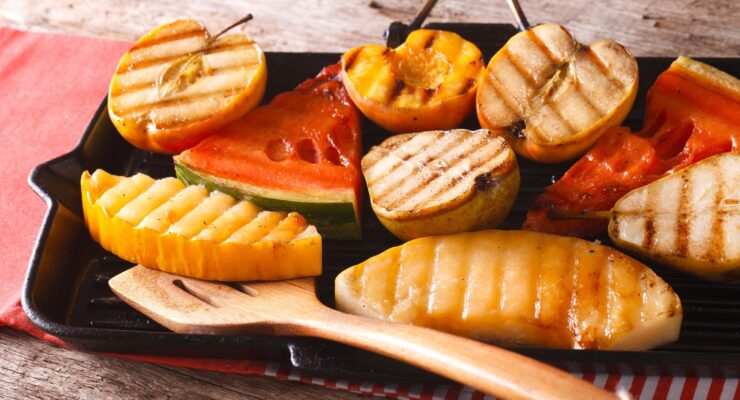6 Super-Grains You Should Be Eating
Article posted in: Diet & Nutrition
Whole grains are more readily available in the marketplace than ever before. You may be asking, “Is brown rice good for you?” If you think the only way to up your whole grain intake is to eat brown rice or wheat bread, you’re missing out on the delicious taste and nutritional benefits of some of the lesser-known grains out there. Read on for six grains that will give you the most nutritious bang for your buck. If you’re on the Nutrisystem program, be sure to check out the Grocery Guide to determine how much of each you should enjoy.
Here are six super-grains to add to your grocery list ASAP:
1. Amaranth
The only grain documented as containing vitamin C, amaranth is a healthy addition to any diet. It’s also rich in calcium, iron, magnesium and potassium. And it makes an excellent source of protein. Because amaranth has all nine essential amino acids, it is one of the few plant foods considered a “complete protein,” making it an excellent choice for those who consume a meat-free diet.
2. Barley
Most people think of barley in terms of soup but it can also be served as a side dish, baked into bread or even used in place of rice for a variety of meals such as stir-fry dishes or casseroles. Barley is the highest in fiber of all the whole grains, but that’s not its only benefit. It is also an excellent source of manganese, selenium and thiamine. Just be sure to seek out hulled or hulless barley as pearl barley is not a whole grain and therefore lacks some of these benefits.
3. Bulgur
This quick-cooking form of whole wheat is great source of fiber and protein. One cooked cup of bulgur has about a third of the recommended dietary allowance of fiber and nearly six grams of protein. It makes an excellent substitute for rice as it packs in more fiber and nutrients, and some say it is more filling. A fun way to enjoy bulgur is to combine it with beans to make delicious meat-free burger patties.
4. Farro
Farro is a staple of Italy and is often prepared as a risotto dish. Recently it’s become more popular and therefore more available in the U.S. Like Barley, you should avoid the “pearled” variety of farro as it’s not a whole grain. Whole grain farro is rich in fiber (one cup has approximately eight grams) and minerals like magnesium, which is important for proper maintenance and function of the body’s bones, nerves and muscles.
5. Teff
Though it is tiny—about the size of a poppy seed—teff is a nutritional powerhouse, leaving all the other grains in the dust when it comes to calcium content. One cup of cooked teff packs in 123 milligrams of calcium. Cooked teff can be sprinkled on vegetables or salads or even mixed in with a soups or casseroles to up the nutritional ante of your Nutrisystem Flex meals.
6. Quinoa
Is quinoa good for you? Probably one of the best known of the “ancient grains,” quinoa is an easy grain to toss into soups, salads or even baked goods, to pack it with a serious nutritional punch. Like amaranth, quinoa is also a complete protein. Just one cooked cup contains eight grams of protein. Quinoa is also a good source of iron, which helps keep the body’s red blood cells healthy.
Stay healthy while eating delicious meals with these Four Grain Salad Recipes! >

